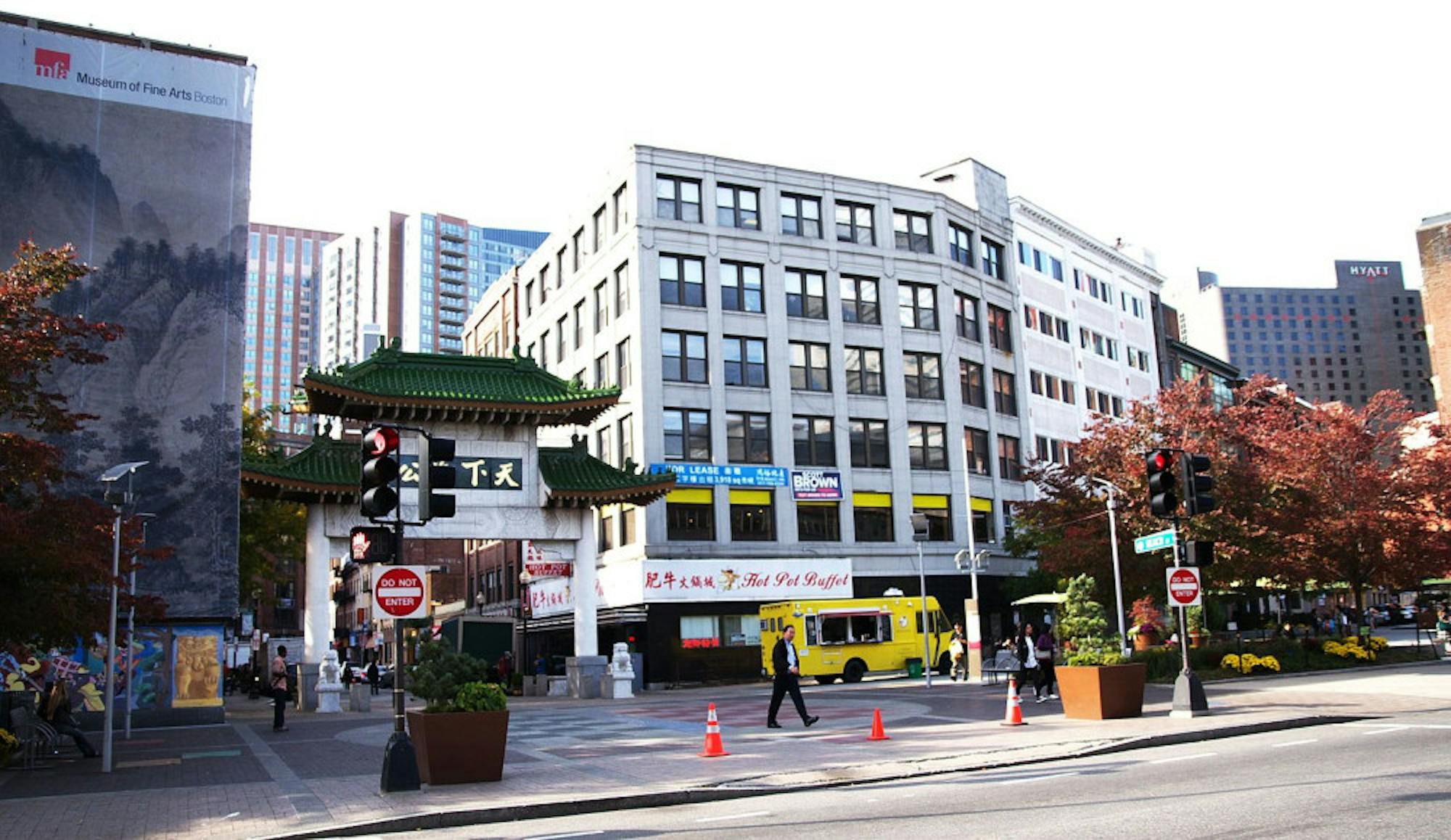More than 80 researchers, healthcare providers and community partners gathered for the fourth Annual Asian Health Symposium at the Pao Arts Center in Chinatown on April 6 to discuss stress in Asian immigrant communities. The symposium was hosted by the community-academic partnership program Addressing Disparities in Asian Populations through Translational Research (ADAPT), which is part of the Tufts Clinical and Translational Science Institute (CTSI).
The symposium, titled "In Pursuit of Health & Wellness: Addressing the Impact of Stress in Asian Immigrant Communities," had two panels. Carolyn Rubin, director of ADAPT, kicked off the event by explaining the importance of addressing stress facing Asian immigrant communities.
“We want to have a broad conversation about wellness and across different Asian ethnic communities,” Rubin said. “There is pain in immigration story, but there is also resilience.”
Alice Rushforth, executive director of the CTSI, addressed in her opening remarks why it is important to translate fundamental research findings into medical practices that bring about meaningful health outcomes.
The first panel discussed the stressors that most directly impact Asian immigrant communities, the second identified innovative strategies for addressing stress and the symposium ended with conversations about the critical factors that contribute to community mental health and wellness.
Ed K.S. Wang, director of policy and planning at Massachusetts General Hospital's Chester M. Pierce, MD Division of Global Psychiatry, moderated the first panel, entitled "Stressors that Impact Asian Immigrant Communities." Wang started his introduction by sharing his immigration story. Wang explained that when he was a child, he was amazed that multiple families living in the same apartment unit to save money could harmoniously share a kitchen and bathroom. His story focused on resilience.
Wang then asked panelists Lisette Le, Mary Truong, Mary Chin, Niem Nay-Kret and Ahn Vu Sawyer to consider the stressors facing their communities and discuss strategies to mitigate those stressors.
Le, executive director of the Vietnamese American Initiative for Development, said common stressors include “not knowing how to advocate politically and navigate bureaucracy."
“Stress is not about [solely] adults," Le said. "It moves down generationally too, when children translate for parents.”
Truong, executive director of the Massachusetts Office for Refugees and Immigrants, mentioned social isolation, difficulty learning English, impediments to accessing services, stress related to poverty and separation as frequent stressors.
As for mitigation strategies, Chin, executive director of the Asian American Civic Association (AACA), spoke to the role her organization plays in workforce placement programs. She believes that economic self-sufficiency can help her immigrant clients handle their stressors.
Community health worker Nay-Kret shared that the Lowell Community Health Center provides primary care for many Asian immigrants from countries including Vietnam, Cambodia, Myanmar and Bhutan. Niem also said Metta Health Center, a part of Lowell Community Health Center that serves Lowell's immigrant populations, was created to increase cultural sensitivity in healthcare by taking measures such as including traditional healing advice.
Wang then asked the panel about the overall themes across the different communities. Panelists agreed that the immigrant communities in which they work all reflect a common theme of resilience.
“Our stressors resonate with each other [because we all left our hometown] with the hope to provide safety for our family,” Sawyer, executive director of Southeast Asian Coalition, responded.
Wang opened the event to questions from the audience. Questions included whether gender roles and the current politics of immigration could be additional stressors.
“Women for some reason learn English, make friends and get work right away, which is difficult for men, so this is an invisible stressor,” Anh explained.
Niem also mentioned that the fear of detention and deportation creates more observable stressors. Chin added that even lawful permanent residents are often worried because of misinformation.
Wang ended the panel by giving the attendees food for thought.
“Think about collective impact. It is based on [relationships]," he said. "Part of resilience is triggered by connection. How can we operationalize collective impact and form creative partnerships [to address stress in Asian immigrant communities]?”
Later, the symposium included a panel about addressing stress, as well as further discussions about community mental health.
Asian Health Symposium discusses stress in Asian-American communities

The Chinatown Gate in Boston, Massachusetts is pictured.





